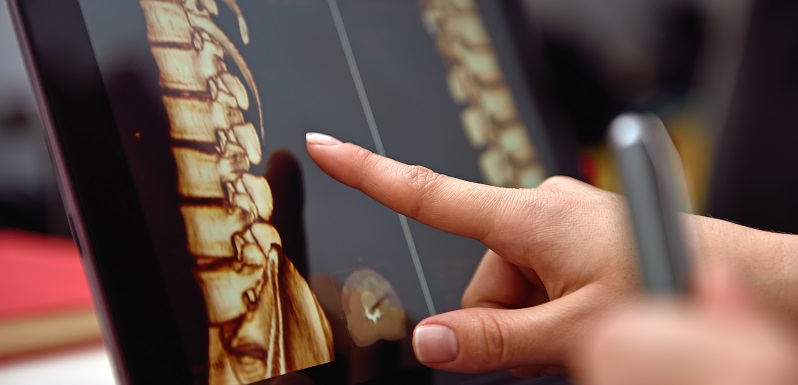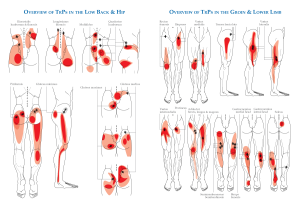Treating Ossification of the Posterior Longitudinal Ligament

Category: | Author:
Your posterior longitudinal ligament runs the entire length of your spine, helping to stabilize the bones in your spinal column all the way from your neck to the base of your spine. Like most ligaments, it is fibrous and flexible, but if it is subjected to chronic stress over the course of many decades, the ligament can begin to thicken and become less flexible. This process is known as ossification, and when it occurs in your posterior longitudinal ligament, a number of uncomfortable spinal symptoms can develop. In today’s blog, we explain why ossification of the posterior longitudinal ligament (OPLL) occurs, and how Dr. Sinicropi can help you treat it.
Causes And Symptoms Of OPLL
Medical experts aren’t exactly sure what actions directly contribute to ligament ossification, but they believe that repetitive stress, hereditary components and individual lifestyle choices all affect a person’s risk of developing OPLL. Because the condition slowly develops after an extended period of repetitive stress, it tends to be much more common in men over the age of 55. Diabetics are also at a heightened risk due to vascular changes that can occur as a result of their condition.
Most patients will not have any symptoms during the earliest stages of ossification, but if ligament thickening is detected when imaging the spine, your doctor may make some recommendations at this point to help slow or stop the progression. As ossification becomes more moderate, symptoms oftentimes include:
- Pain in the affected region (most commonly in the neck)
- Numbness in your extremities
- Tingling in your extremities
- Muscle weakness
If ossification becomes severe, pain can intensify and you may have difficulty walking or regulating your bowels or bladder as expected.
Diagnosing And Treating OPLL
As we alluded to above, OPLL is typically caught with the help of imaging techniques like an X-ray, MRI or CT scan. Oftentimes it is seen on an imaging scan when your specialist is looking for a different issue, like a herniated disc or spinal stenosis. Regardless of how it is diagnosed, once your doctor notices ossification of your posterior longitudinal ligament, they will begin walking you through some common treatment options.
The first step in most cases of OPLL is to pursue conservative treatment. A combination of conservative techniques like activity modification, anti-inflammatory medication and physical therapy can help maintain flexibility and function in your posterior longitudinal ligament. Oftentimes these techniques can resolve or alleviate symptoms, or they can at least slow the continued progression of ossification.
If ossification has significantly affected the stability of your spinal column, which could cause major nerve damage if discs or vertebrae move out of position, then a surgical procedure to correct the loss in spinal stability may be pursued. Some common surgical procedures that can restabilize the spine or address issues caused by OPLL include:
- Anterior Cervical Discectomy and Fusion
- Anterior Cervical Corpectomy and Fusion
- Laminectomy
- Laminectomy and Fusion
- Laminoplasty
Which procedure your doctor recommends will be based on the individual issues you’re facing caused by your spinal ligament ossification. You will also likely be asked to pursue many of the conservative techniques previously listed during your rehab if you opt for a surgical procedure, so there’s a good chance activity modification and physical therapy is in your future one way or another.
For more information about ossification of your posterior longitudinal ligament, or for help with a different spinal issue, pick up the phone and call Dr. Sinicropi and the team at The Midwest Spine & Brain Institute today at (651) 430-3800.
Related




